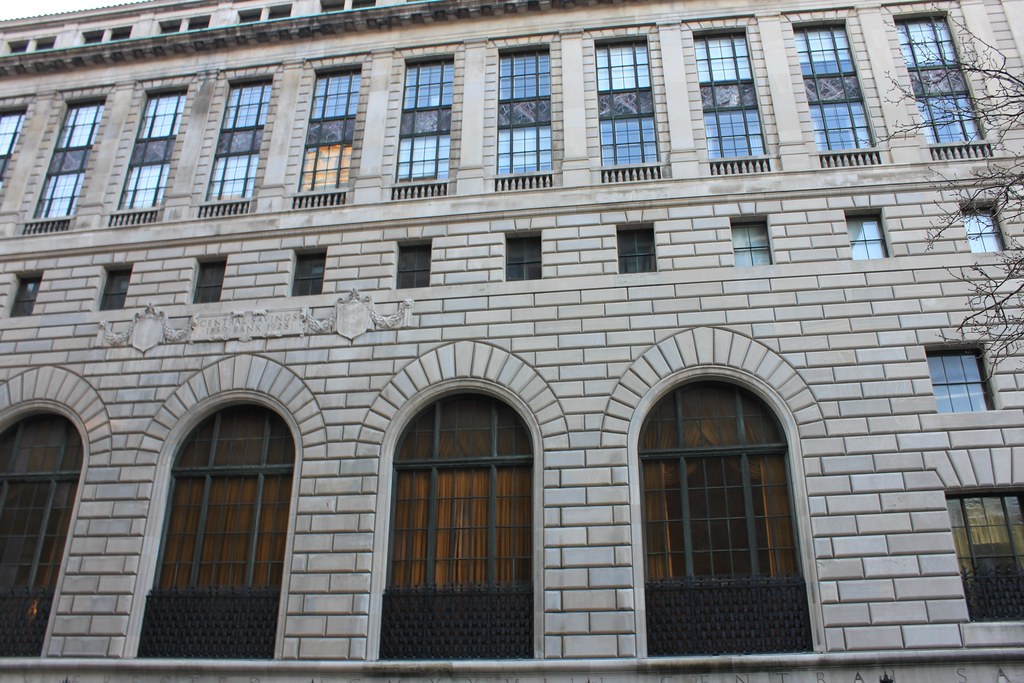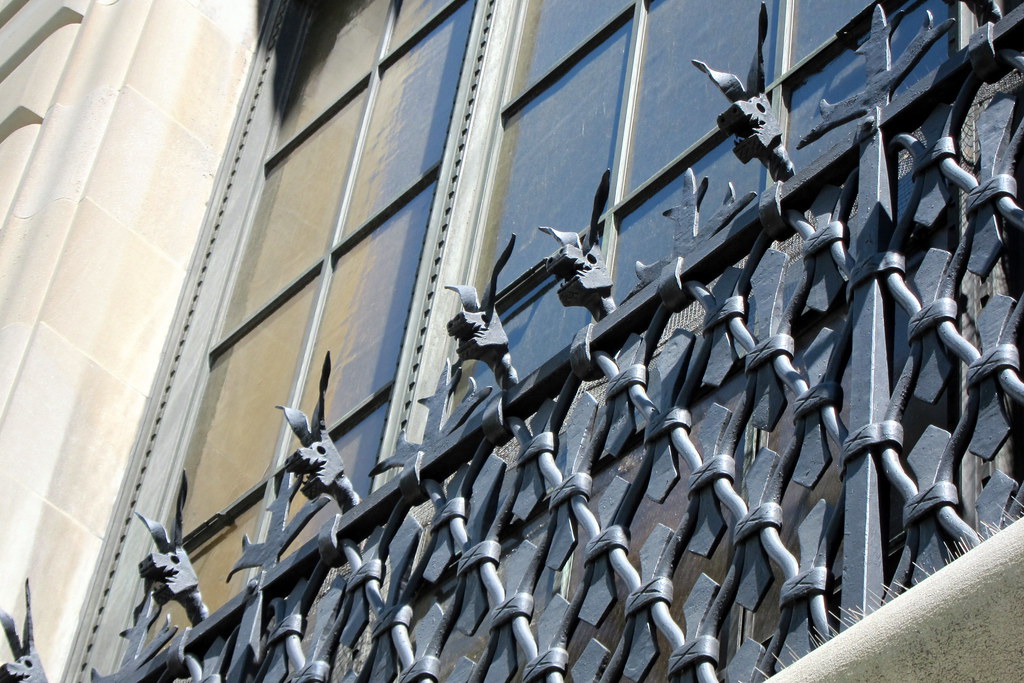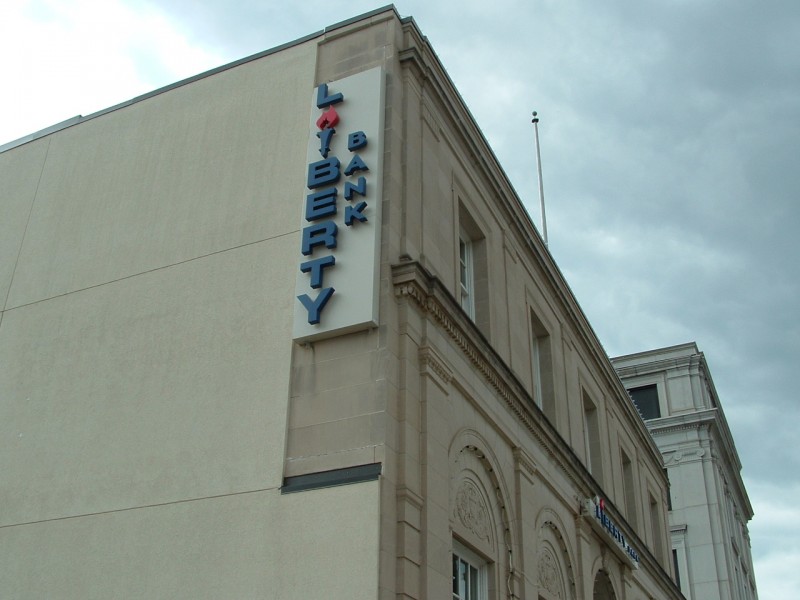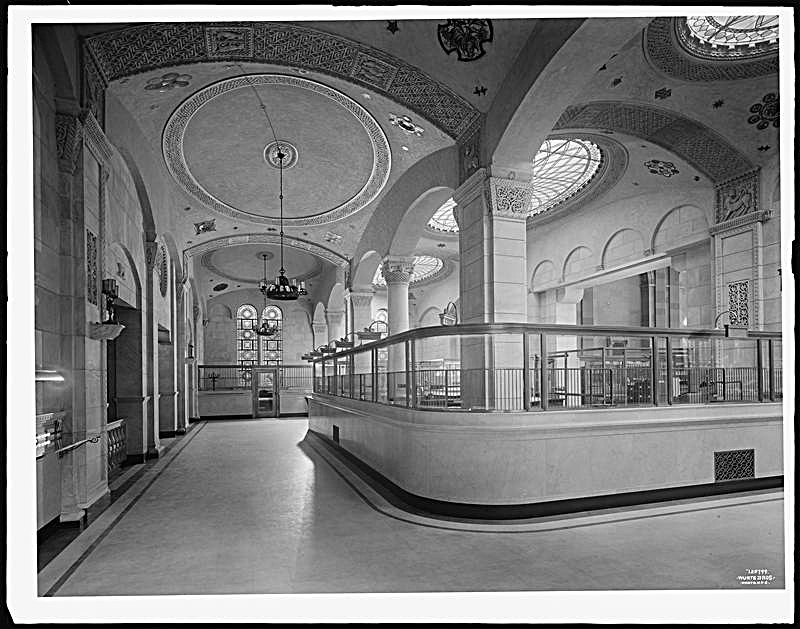Apple Bank for Savings provides consumer and small business banking services to the greater New York City area. It is the second largest state-chartered savings bank in New York State and has 76 branches in Manhattan, Brooklyn, Queens, Staten Island and the Bronx, as well as Westchester, Suffolk and Nassau counties. It is based in the Chanin Building in Manhattan.
The bank has personal and business checking accounts, savings and money market accounts, personal and business debit cards, online and mobile banking, retirement planning, investment accounts, personal and business credit cards, small business banking solutions, foreign currency exchange, wire transfers and commercial mortgages. The bank's commercial mortgage lending business is centered on its local New York market. It is also an active participant in export credit and specialty finance, particularly in the aviation sector.
History
American Savings Bank- Branding- "Smiles- Female Version" - First air date 10/7/13. We've been serving the people of Hawaii for more than 80 years. At American Savings Bank, every customer is important to us. We strive to ...
Apple Bank was founded in 1863 as the Haarlem Savings Bank. It was established by a group of local merchants as a community-based mutual savings bank (a bank that is owned by its depositors). Harlem at the time was a suburban village (it was not part of New York City until 1873) and the bank's first location, a storefront on 3rd Avenue between 125th and 126th Streets, was surrounded by farms and undeveloped lots. Six years later, the bank moved to a building of its own construction on 3rd Avenue and 124th Street.
Business grew steadily and the bank had over 5,000 depositors by 1876. By 1908, the number grew to over 32,000 as Harlem experienced an influx of Jewish and Italian immigrants. At the same time, the bank engaged in construction financing as the area experienced a real estate boom. The bank continued to do well as the demographics of Harlem changed. By the end of the 1920s, Harlem Savings was the 22nd largest mutual savings bank in the United States. The bank survived the Great Depression, and purchased the Commonwealth Savings Bank in 1932. The acquisition provided the bank with two branches in the Washington Heights neighborhood on 157th Street and 180th Street, expanding coverage north. In 1933, the bank dropped the second 'a' from its name to match the now-standard spelling of the neighborhood's name: Harlem.
In the 1940s, the bank had several branches in northern Manhattan and one on East 42nd Street. After the end of World War II, the middle class began to move into the suburbs and the bank followed suit, opening a branch in Manhasset, New York, on Long Island in 1966, and moving its headquarters from Harlem to 42nd Street two years later.
Absorbing the Central Savings Bank

The early 1980s proved to be a difficult time for financial institutions, but Harlem Savings fared better than most. In 1981, it used a $160 million grant from the FDIC to purchase the troubled Central Savings Bank. Created as the German Savings Bank (it was renamed Central Savings Bank during World War I) in 1858, the bank counted Daniel F. Tiemann, then Mayor of New York, as a charter member and operated out of the Cooper Union building before moving to a location at 14th Street and 4th Avenue in 1864. The acquisition gave Harlem Savings an additional seven branches including the 1928 Apple Bank Building (formerly Central's uptown branch) at 2112 Broadway between West 73rd and West 74th Streets, a designated historic landmark designed by the architectural firm York and Sawyer in Renaissance Palazzo style, as well as two branches in Nassau County on Long Island.
It was added to the National Register of Historic Places in 1983.
Suburban expansion and name change

In the 1970s and early 1980s, the Harlem Savings Bank continued to expand into the suburbs outside New York City. To reflect its geographic expansion, the bank changed its name to Apple Bank in 1983.
On the last day of 1986, Apple acquired the Eastern Savings Bank (established as the Bronx Savings Bank in 1905), thus obtaining three branches in the Bronx, two in Westchester and two on Long Island. Apple now ranked 17th among the New York metropolitan area's thrift institutions, with assets of $2.7 billion.
Another acquisition came in 1989, with the purchase of Sag Harbor Savings Bank â€" chartered in 1860 in Sag Harbor, New York to provide financial services for the whaling industry â€" for $29.5 million, bringing in five additional branches serving Suffolk County.
In the late 1990s, Apple Bank began an aggressive expansion into Brooklyn, opening 13 branches in that borough since 1997.
Acquisition of 29 Emigrant Bank branches in 2013

On April 20, 2013, Apple Bank acquired 29 branches and the related deposit accounts and services from Emigrant Savings Bank, another longstanding New York bank established in 1850. This acquisition significantly expanded Apple Bank's presence in its existing markets, giving Apple a total of 77 branches in greater New York and close to $13 billion in assets, as reported at the time. (As of December 31, 2014, Apple Bank's financial statement refers to 76 branches, and $11.7 billion in assets.)
Ownership

In 1985, Apple converted from a mutual savings bank to a stock-issuing public institution, selling 4.6 million shares for a total of $53.5 million. In 1990, a prominent real estate developer and investor, Stanley Stahl, became the sole stockholder of the bank when he paid about $170 million. In August 1999, Stahl died and the bank is controlled by his estate.
Financials

- The bank had net income of $52.9 million for the year ended 12/31/2014.
- The bank's deposits were $10.5 billion as of 12/31/2014.
- The bank had non-performing loans of only $6.5 million in a loan portfolio of $9.0 billion as of 12/31/2014.
See also

- List of banks
- List of banks in United States
References
External links
- Official Site
- A Map of Greenwich Village produced by the Central Savings Bank and showing its location (1934)
- Opening Day at a Bronx Savings Bank branch (October 21, 1954)

Post a Comment